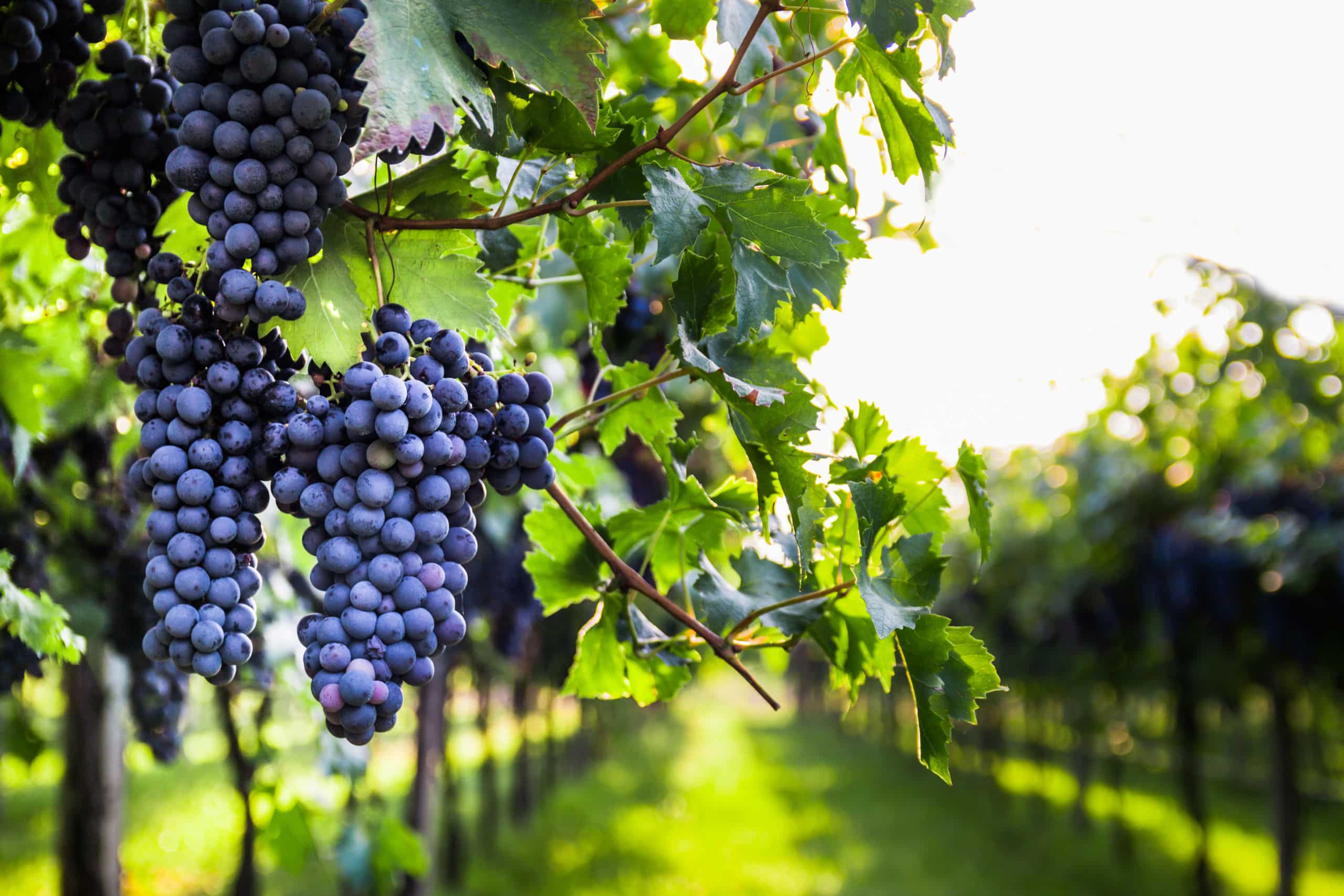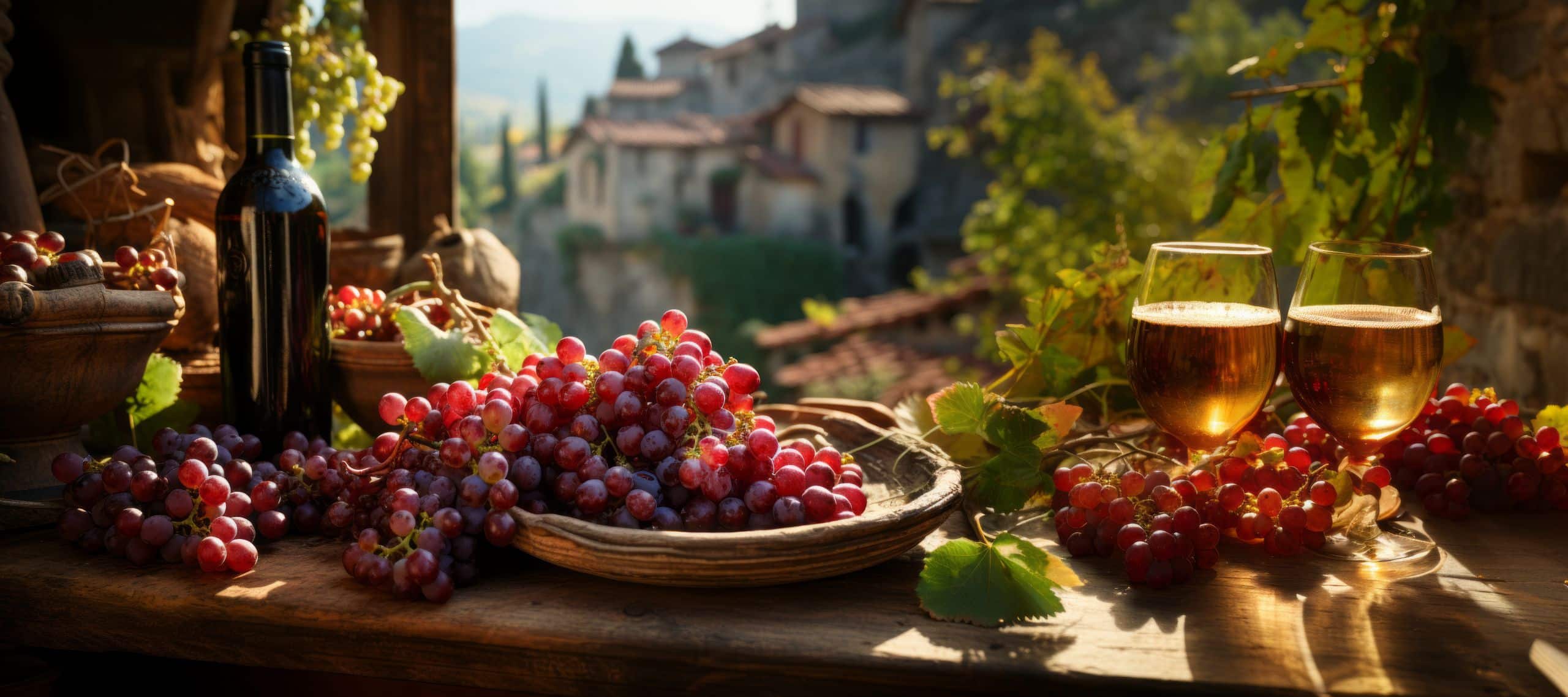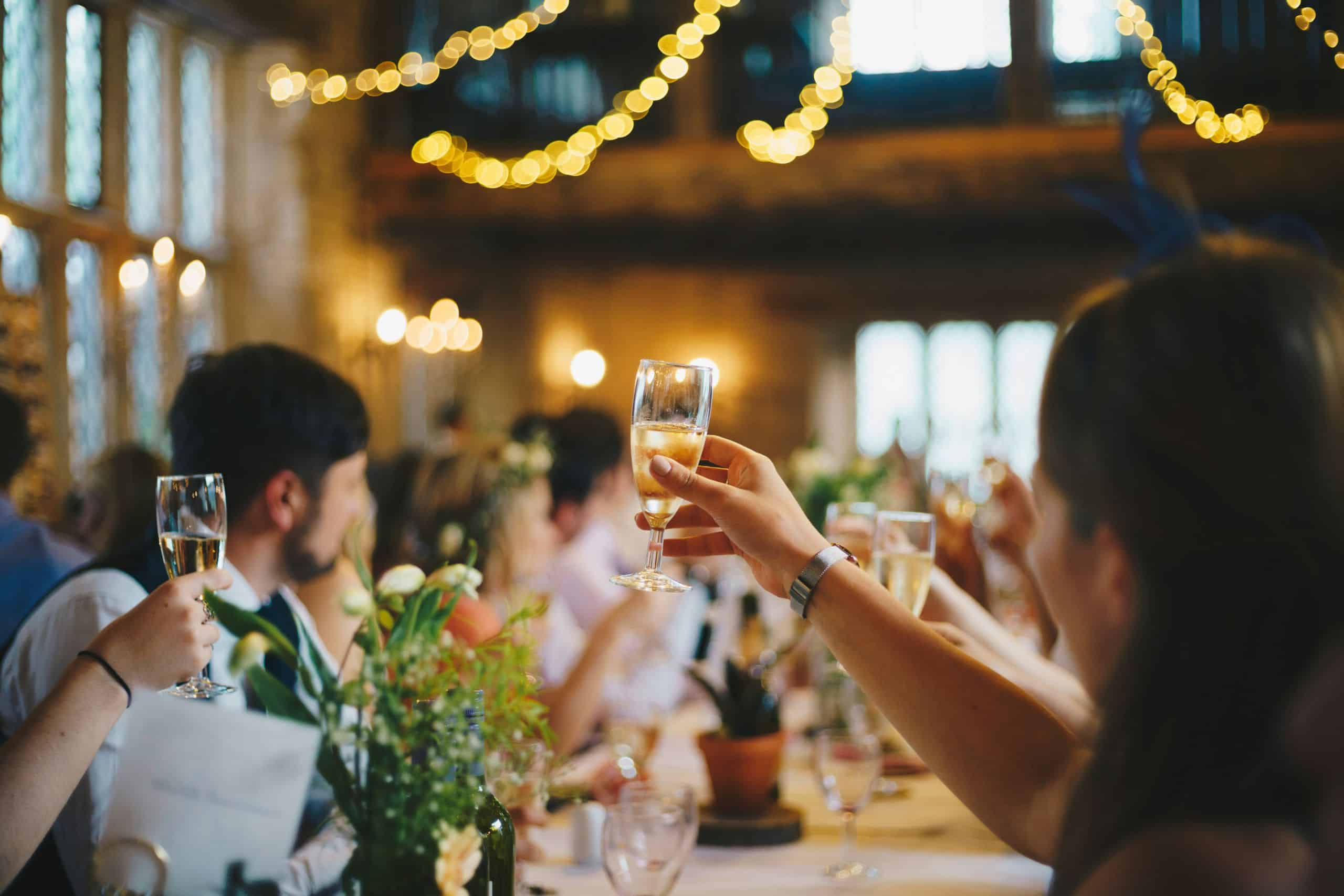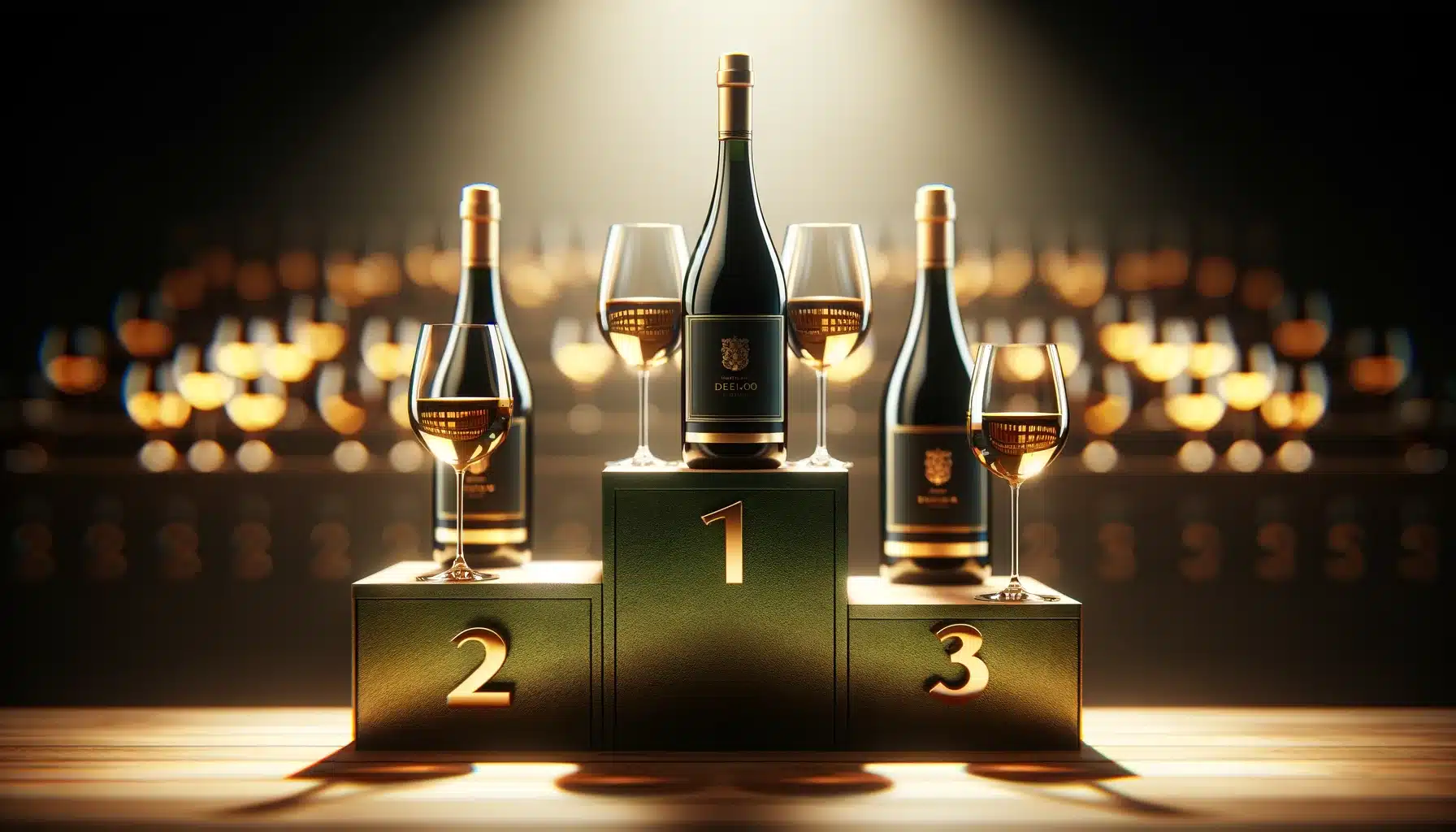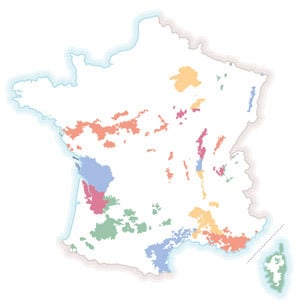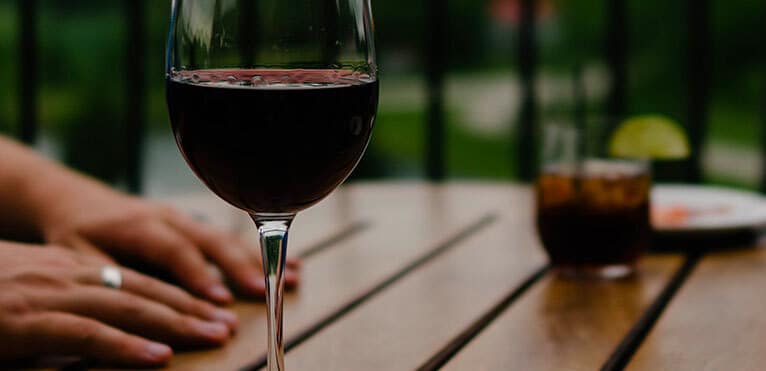
Contents
With 4.2 billion liters of wine produced in 2019, or 17% of global output, France is the world’s second largest producer. Of these more than 4 billion liters, ¾ are still wines, 55% of which are red, 26% white and 19% rosé…
So you’re spoilt for choice when it comes to choosing a wine cellar. Don’t panic, we’ve put together a little guide to help you make your choice. To keep things simple, we’re going to divide light and strong wines.
We’re sure this will help you choose, but if this article hasn’t helped you decide what to buy, or what to give as a gift, you can always subscribe to a
wine box
and put your trust in professional sommeliers. One less thing to worry about!
Light wines
Let’s start with the first category, light wines. A priori, if you’re looking for a light wine, go for one from the “north” of France. The further south you are, the more sun the vines receive, the sweeter the grapes and the heavier the wines. However, you may find “southern” terroirs producing light wines (such as Pic Saint-Loup) or “northern” terroirs producing powerful wines (such as wines made from Cot in the Loire).
Fruity wines
If you’re in the mood for a light, fruity wine, and you’re on a tight budget, we recommend a wine from the Beaujolais region. Vinified from Gamay grapes, the 10 Beaujolais crus have very fruity aromas (red fruit, grenadine, etc.) and are light and easy to drink. Which makes them the perfect companion wines for a meal or an aperitif! We recommend the Morgon, Fleurie, Chénas, Chiroubles or Brouilly appellations.
Floral wines
Still in the register of light wines, this time you’re looking for something more floral. For example, you could opt for a white wine from the Rhône Valley, such as a white Crozes Hermitage or Saint Joseph, or a white Cote de Gascogne. Although located in the south, these appellations offer highly aromatic, floral wines. White wines are lighter than reds, offering better drinkability and very floral aromas, making them a pleasure to drink.
Plant wines
For a vegetal wine, turn to a Cabernet Franc wine from the Loire. King of the Loire, this grape variety, when processed properly, produces wines that are light and delicious, with a very vegetal flavour. Anjou or Touraine, for example, vinified from Cabernet Franc. The Cabernet Franc, however, provides a certain substance that can appear a little powerful if drunk as an appetizer.
Powerful wines
Let’s move on to powerful wines, which are generally found in the vineyards of southern France, in very sunny, warm terroirs that give the grapes their considerable sweetness.
Sweet wines
Seafood platter, foie gras, chicken in a spicy sauce (curry, for example)? There’s one pairing you need to think about: a sweet white wine. Sauternes, Barsac, Loupiac… These are just some of the Bordeaux appellations that produce very sweet white wines with candied fruit and honey aromas that will delight your taste buds with a fine seafood platter or chicken curry. Very elegant, these wines can sometimes have hints of salt and iodine, making them even more complex and appealing.
Woody wines
Looking for a woody wine? Don’t hesitate a second longer and go for a Bordeaux or Southwestern wine. Between Malbec, Merlot, Cabernet Sauvignon and Petit Verdot (the Médoc’s emblematic grape variety), and the region’s widespread barrel ageing, you’ll find wines with fine, mellow tannins and delicious empyreumatic, woody aromas. Rather powerful, these wines are best enjoyed in the middle of a meal, after an appetizer of champagne, white wine or a lighter red wine. Médoc, Margaux, Graves, Saint-Émilion, Pomerol, Cahors, Madiran… In short, there’s plenty to choose from in the region.
Spicy wines
If you’re looking for a spicy wine, we’d recommend a wine from the southern Rhône Valley, Provence or Languedoc. You’ll find wines made from Syrah or blended with Syrah, which gives them that spicy touch. Syrah is a grape variety that brings spicy aromas to wines. When mastered, it creates bewitching aromas, destined to marry with spicy dishes or oriental cuisine. In terms of appellations, opt for Châteauneuf-du-Pape, Rasteau, Alpilles or Côtes Catalanes.
